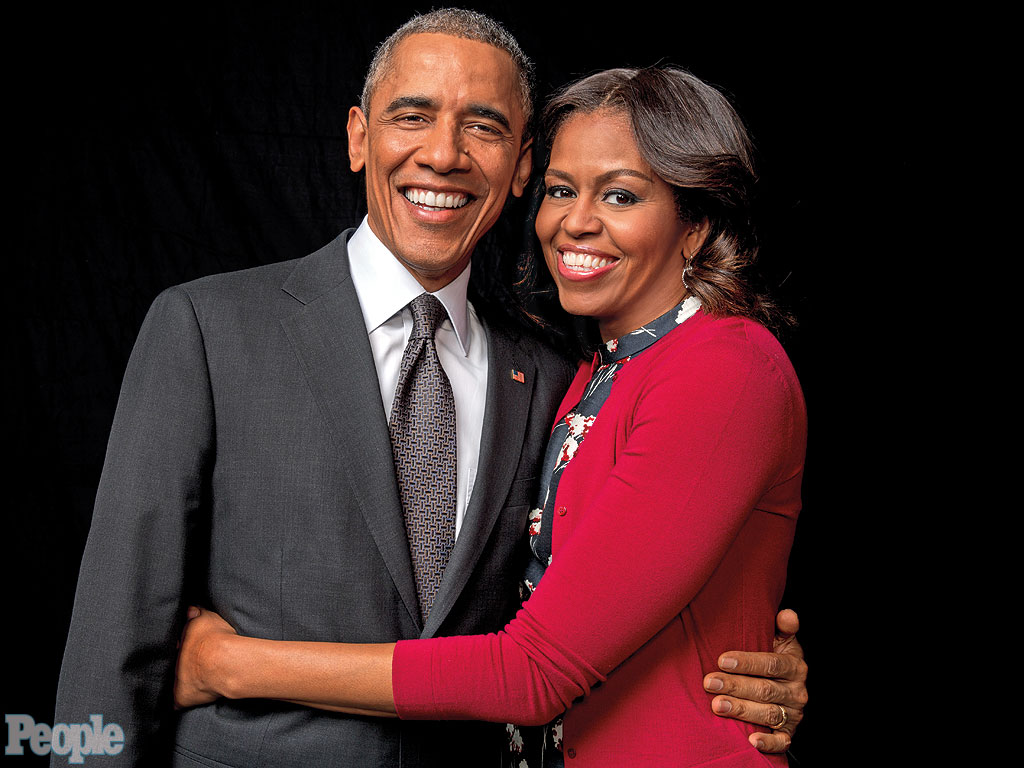53 Historians Weigh In on Barack Obama’s LegacyPosted in Articles, Barack Obama, History, Media Archive, Politics/Public Policy, United States on 2015-01-15 15:34Z by Steven |
53 Historians Weigh In on Barack Obama’s Legacy
New York
2015-01-11
“It’s a fool’s errand you’re involved in,” warned Pulitzer Prize-winning historian Gordon Wood when approached recently by this magazine to predict Barack Obama’s historical legacy. “We live in a fog, and historians decades from now will tell their society what was happening in 2014. But we don’t know the future. No one in 1952, for example, could have predicted the reputation of Truman a half-century or so later.”
Wood is right, of course. Historians are experts on the past, not the future. But sometimes the wide-angle perspective they inhabit can be useful in understanding the present. And so, on the eve of Obama’s penultimate State of the Union address, we invited a broad range of historians — academic and popular — to play a game.
Over the past few weeks, New York asked more than 50 historians to respond to a broad questionnaire about how Obama and his administration will be viewed 20 years from now. After the day-to-day crises and flare-ups and legislative brinkmanship are forgotten, what will we remember? What, and who, will have mattered most? What small piece of legislation (or executive inaction) will be seen by future generations as more consequential than today’s dominant news stories? What did Obama miss about America? What did we (what will we) miss about him?
Almost every respondent wrote that the fact of his being the first black president will loom large in the historical narrative — though they disagreed in interesting ways. Many predict that what will last is the symbolism of a nonwhite First Family; others, the antagonism Obama’s blackness provoked; still others, the way his racial self-consciousness constrained him. A few suggested that we will care a great deal less about his race generations from now — just as John F. Kennedy’s Catholicism hardly matters to current students of history. Across the board, Obamacare was recognized as a historic triumph (though one historian predicted that, with its market exchanges, it may in retrospect be seen as illiberal and mark the beginning of the privatization of public health care). A surprising number of respondents argued that his rescue of the economy will be judged more significant than is presently acknowledged, however lackluster the recovery has felt. There was more attention paid to China than isis (Obama’s foreign policy received the most divergent assessments), and considerable credit was given to the absence of a major war or terrorist attack, along with a more negative assessment of its price — the expansion of the security state, drones and all. The contributors tilted liberal — that’s academia, no surprise — but we made an effort to create at least a little balance with conservative historians. Their responses often echoed those from the far left: that a president elected on a promise to unite the country instead extended the power of his office in alarming, unprecedented ways. Here, we have published a small fraction of the answers we found most thought-provoking, along with essays by Jonathan Chait, our national-affairs columnist, and Christopher Caldwell, whom we borrowed from The Weekly Standard. A full version of all the historians’ answers can be found here…
Read the entire introduction here.


